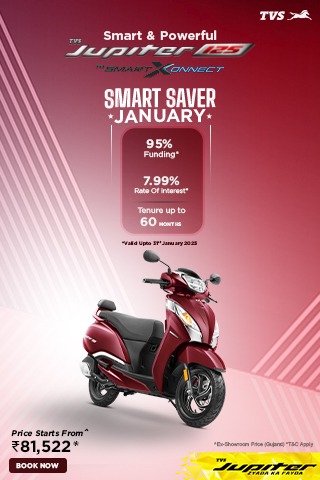Choosing the right bike can be an exciting journey, whether you're new to cycling or looking to upgrade. With so many options available, it's important to find a bike that fits your needs and preferences. Here’s a simple guide to help you find your perfect bike:
1. Identify Your Riding Style:
The first step is to think about how you'll primarily use the bike. Are you planning to ride mostly on roads, trails, or both? Each type of bicycle is crafted with unique features tailored to distinct riding styles and needs.
- Road Bikes: These are lightweight and built for speed on smooth surfaces like roads and bike paths.
- Mountain Bikes: Ideal for off-road adventures with rugged tires and sturdy frames.
- Hybrid Bikes: Combines features of road and mountain bikes, suitable for casual riding on various terrains.
- City Bikes: Designed for urban environments, often equipped with features like racks and fenders for practicality.
2. Consider Your Comfort:
Comfort is crucial for enjoying your rides. Factors like frame size, saddle (seat), and handlebar type play a significant role:
- Frame Size: Choose a frame size that allows you to comfortably straddle the bike with both feet flat on the ground.
- Saddle: Look for a saddle that suits your riding style and provides adequate support.
- Handlebars: Different styles (flat, drop, riser) offer varying riding positions and comfort levels.
3. Test Ride Several Bikes:
Once you’ve narrowed down your options based on riding style and comfort preferences, visit a local bike shop to test ride different models. Pay attention to:
- Fit and Feel: How does the bike feel when you ride it? Is it easy to control and maneuver?
- Braking and Shifting: Test the brakes and gears to ensure smooth operation.
- Comfort: Check if the bike feels comfortable over different surfaces and terrains.
4. Set Your Budget:
Bikes come in a wide range of prices, so it's essential to set a budget that aligns with your needs and expectations. Consider additional costs for accessories like helmets, locks, and maintenance tools.
5. Check Reviews and Recommendations:
Before making a final decision, read reviews online and ask for recommendations from friends or fellow cyclists. They offer valuable perspectives gained from their firsthand experiences with various bike models and brands.
6. Maintenance and Support:
Find out about the manufacturer’s warranty, bike shop services, and availability of spare parts. Regular maintenance is key to keeping your bike in top condition and ensuring a safe riding experience.
.png)
.png)
.png)

